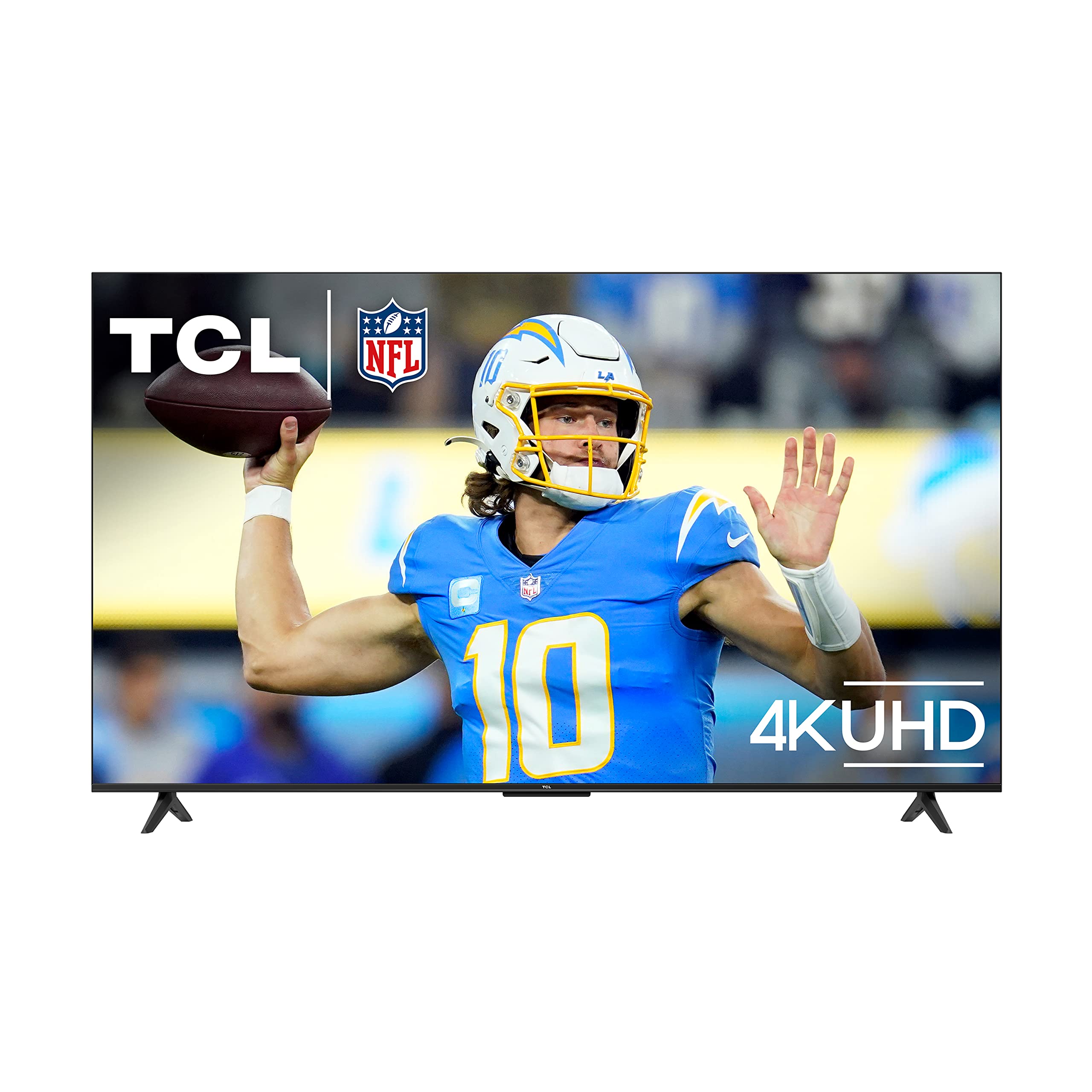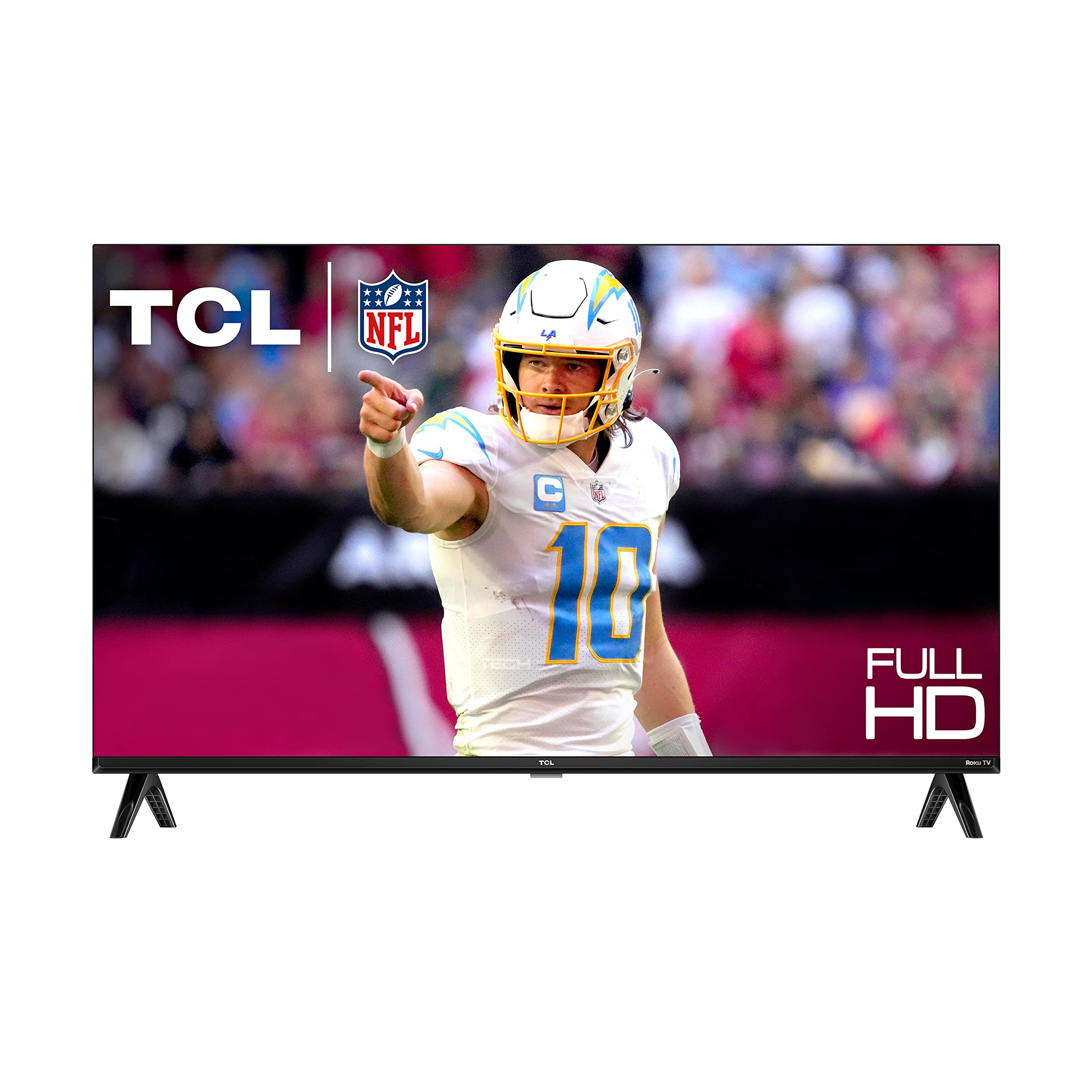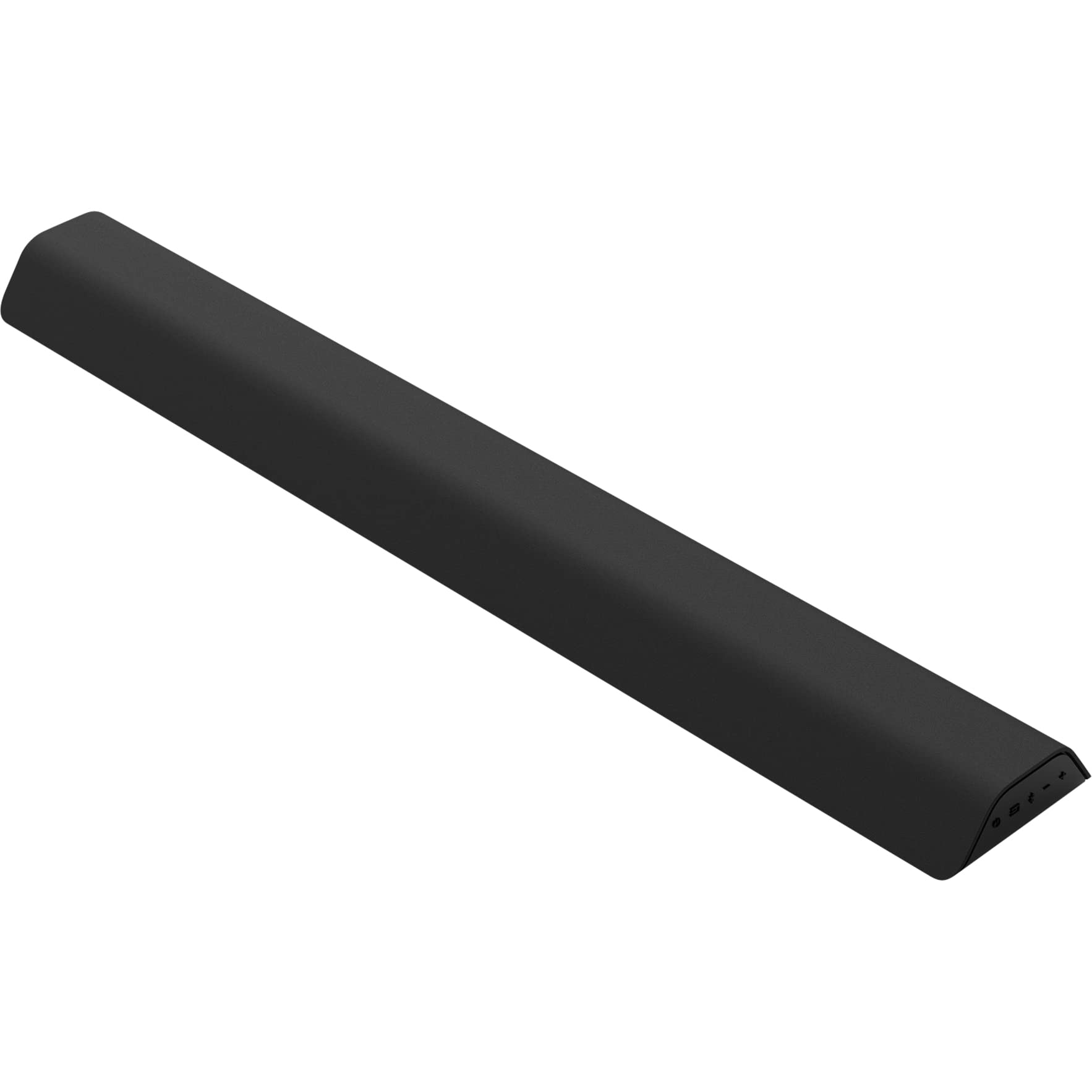Navigating the TV Market: A Comparative Overview
Introduction to the Dynamic TV Landscape
The world of television technology is constantly evolving, presenting consumers with a myriad of choices. From stunning OLED displays to budget-friendly LEDs, each TV brand offers a unique blend of features, quality, and value. This article aims to guide you through this diverse landscape, helping you find the perfect TV that meets your needs and budget.
The Importance of Choosing the Right Brand for Your Needs
Selecting the right TV brand is crucial. It’s not just about the product; it’s about aligning with a brand whose values, technology, and support match your personal viewing preferences and lifestyle.
Understanding the Criteria for Comparison: Performance, Price, Features, and Support
Our comparison focuses on key aspects: performance (picture quality, resolution, etc.), price range, features (smart capabilities, screen technology), and after-sales support.
Brief Overview of Different TV Brands and Their Market Position
- Samsung and LG lead with innovative technologies like QLED and OLED.
- Sony excels in picture quality and color accuracy.
- Vizio, TCL, and Hisense offer competitive prices with impressive features.
The Leaders of the Pack: Evaluating High-End TV Brands
Premium brands like Sony, Samsung, and LG offer cutting-edge display technologies. OLEDs from LG deliver deep blacks and vibrant colors, while Samsung’s QLEDs are known for their brightness and color volume. Sony TVs often incorporate unique processing technologies for superior picture quality.
Innovations in Display Technology – OLED, QLED, and LEDs
OLED technology offers exceptional contrast and color. QLED, a Samsung innovation, competes with equally impressive color and brightness. Traditional LEDs remain popular for their reliability and value.
Considerations of Cost vs Quality
With premium brands, you’re investing in the latest technology and superior build quality. However, the higher cost can be a significant factor for many buyers.
Customer Support and Warranty Options with Top-Tier Brands
Brands like Sony, LG, and Samsung offer comprehensive warranties and reliable customer support, crucial for high-end investments.
The Downside: Premium Prices and the Debate on Value for Money
The main drawback of premium brands is their cost. Consumers often debate whether the incremental improvements in picture quality justify the higher price tags.
Budget-Friendly Viewing: Assessing Mid-Range to Low-End TV Brands
Brands like Vizio, TCL, and Hisense provide affordable alternatives. They offer 4K resolution, smart features, and improving picture quality, though they may not match the performance of high-end models.
Balancing Features with Affordability – What You Gain and What You Lose
In budget-friendly models, compromises are made in areas like build quality, screen brightness, and color accuracy.
Durability and Longevity Concerns with Budget-Friendly Models
While affordable, these TVs might not have the same lifespan or durability as their costlier counterparts.
Software and Smart Features Across Different Price Points
Smart features are now standard across most price points, but the user interface and software updates can vary significantly between brands.
When is Saving Money on a TV Not Worth the Long-term Costs?
Investing in a slightly higher-priced TV might be more cost-effective in the long run, considering factors like longevity, energy efficiency, and overall viewing experience.
Making an Informed Choice: Your Personalized TV Brand Guide
To find the best fit, consider how each brand aligns with your viewing habits. Do you prioritize picture quality, smart features, or budget?
Comparing Warranties and Customer Service Feedback
Research each brand’s warranty terms and customer service reputation. This can be especially important for high-end purchases.
Considering the Environmental Impact and Energy Efficiency
Look for energy-efficient models and brands with a commitment to environmental sustainability.
Beyond the Brand: The Role of Reviews and Community Feedback
Online reviews and community forums can provide invaluable insights into the real-world performance and reliability of different TV models.
Concluding Advice on Navigating Sales, Promotions, and Finding the Best Value
Finally, keep an eye on sales and promotions. Events like Black Friday or new model releases can offer excellent opportunities to get more value for your money.
In conclusion, the right TV for you depends on a careful balance of performance, price, features, and brand reputation. By considering these factors, you can make an informed decision that brings the best of entertainment into your home.
Read on below for our top choices!!
Top TV Brands: Pros and Cons Unveiled
In our quest for the perfect viewing experience, we’ve evaluated various TV brands to help you make an informed decision.
We understand that every brand has its strengths and weaknesses, and our goal is to shed light on these to guide you toward the best choice for your home and lifestyle.
The following section breaks down the pros and cons of each TV brand, highlighting key features, performance, and value to ensure you find a television that meets your needs.
TCL 50″ Class 4K Smart TV

We believe this TCL model offers a comprehensive and affordable smart TV experience ideal for varied entertainment needs.
Pros
- Crisp and clear 4K resolution for a visual upgrade from standard HD.
- A user-friendly Google TV interface that aggregates content effortlessly.
- Quick setup and responsive feel lends itself to a seamless user experience.
Cons
- Sound quality may not match the picture, leaving room for an external sound system.
- Navigating the interface may take some getting used to for new Google TV users.
- Some compatibility issues with HDMI-connected devices have been reported.
We’ve had a few weeks with this TCL smart TV, and its 4K resolution is genuinely a step up from 1080p displays—it brings the picture to life with a noticeable crispness. With Google TV integrated into its system, it compiles our entertainment options in one place, which we find incredibly convenient.
The setup was a breeze, which reflects TCL’s customer-friendly approach. The TV was out of the box, attached to our stand, and integrated into our home network in no time. We appreciated that we could jump straight into streaming our favorite shows with minimal fuss.
However, the sound quality didn’t sweep us off our feet. While it’s more than acceptable for everyday viewing, those seeking a cinematic audio experience will likely want to invest in a separate soundbar or speaker system. Also, adapting to the Google TV interface and remote took a little tutorial exploration, but it didn’t take long to navigate it with confidence.
For those seeking great value and a home entertainment upgrade, the TCL 50-inch 4K Smart TV could be a smart pick. It wraps a high-definition viewing experience and smart functionality into one easily operated package, with a few caveats that are manageable considering the price.
TCL 32″ Class S3 Smart TV

We find the TCL 32″ Class S3 Smart TV offers a satisfying viewing experience with convenient smart features at a budget-friendly price point.
Pros
- Integrates well with voice assistants for easy control
- Roku TV offers a vast selection of streaming options
- Direct LED backlight enhances picture uniformity and performance
Cons
- Sound quality may not satisfy audiophiles
- Reflective screen could be problematic in brightly lit rooms
- 32-inch size may not suit larger living spaces
Having spent some quality time with the TCL 32″ Class S3 Smart TV, we can attest to its capabilities. Its 1080p resolution delivers clear and vibrant picture quality that is quite impressive for a TV of its size. The FullView bezel-less design ensures that the screen merges seamlessly into our living space, giving it a modern touch.
The Roku TV platform is a standout feature, offering us access to hundreds of streaming channels. It’s incredibly easy to navigate and we appreciate how swiftly we can switch from live TV to our favorite streaming service. With the added bonus of Apple Airplay2, we’ve been sharing content from our devices onto the screen without a hitch.
We’d like to mention that while the built-in speakers are adequate for daily viewing, audio enthusiasts might want to consider a soundbar for a more immersive sound experience. Additionally, if your room is flooded with natural light, the screen’s reflectiveness might be an issue, but adjusting the placement or controlling light exposure should remedy that.
On the whole, the TCL 32″ S3 TV proves to be a great addition to smaller rooms or as a secondary TV in the home. Its smart features are a breeze to use, and it stands as a testament to how a modestly priced TV can still deliver a high-quality experience.
VIZIO V-Series Sound Bar

We recommend this VIZIO sound bar for anyone who wants a simple, sleek home theater enhancement without the fuss of a traditional setup.
Pros
- Seamless integration with various modern TVs via HDMI ARC
- Immersive audio experience with built-in subwoofers and DTS Virtual
- Convenient wireless streaming through Bluetooth and voice assistant compatibility
Cons
- May lack the depth of a full home theater system with separate components
- Its low-profile design, while stylish, might not suit all room aesthetics
- Some users might find the sound projection insufficient for larger spaces
Integrating the VIZIO V-Series All-in-One 2.1 Home Theater Sound Bar into our living room setup gave our movie nights a substantial boost. The dual 3″ built-in subwoofers, despite their compact form, delivered surprisingly clear and dynamic sounds that filled the room during action-packed scenes.
Connectivity was a breeze, with HDMI ARC allowing us to manage the sound bar using our regular TV remote. The simplicity of this single-cable setup, combined with the clarity of the audio it delivered, was impressive. Moreover, the freedom to stream music via Bluetooth directly from our devices added a layer of convenience we appreciated.
The design’s minimal modern aesthetic slid inconspicuously under our TV, maintaining a clean look in our space. However, while the sound was rich and filled our moderate-sized living room, we found that in a larger space, it may require additional speakers to achieve the same effect. Nonetheless, the VIZIO V-Series Sound Bar brought an elevated audio experience to our home entertainment, gunning well above its weight class in the sound department.
Samsung 55″ Crystal UHD

After a thorough examination, we can confidently say this Samsung Crystal UHD TV is a solid choice for its price point and feature set.
Pros
- Crisp image quality with 4K resolution
- Motion Xcelerator technology for smooth action scenes
- Eco-friendly SolarCell Remote
Cons
- A 60 Hz refresh rate may not suffice for competitive gaming
- Some may prefer a more comprehensive smart platform
- Additional purchases required for full functionality
Having spent some quality time with this Samsung Crystal UHD TV, we’ve become quite fond of its 4K resolution. The screen brings out vibrant colors, making our viewing experiences feel like a step into another world. Another highlight during our use was the Motion Xcelerator feature, which provided a noticeable improvement in action scenes, keeping everything smooth and enjoyable.
The SolarCell Remote also caught our attention for its sustainability edge. We appreciate the innovation and enjoyed not worrying about battery changes. However, we did observe that the 60 Hz refresh rate might not cater to the needs of those looking for a gaming TV to match fast-paced visuals.
We noticed that while the smart platform has a lot to offer, some might be looking for a broader range of apps and capabilities. And although the slim design is a definite plus, adding to its modern aesthetic, we were a bit put off by the need to purchase additional compatible accessories to unlock all of its capabilities.
In summary, we think you’ll love the Samsung 55″ UHD for everyday TV and movie watching, particularly for its picture quality and the vibrant palette it offers. Its sleek design and eco-friendly remote offer futuristic touches that blend into modern living spaces quite well. Just keep in mind that if you’re a hardcore gamer or looking for the most comprehensive smart TV platform, you might want to consider your options.
TCL 32″ Smart LED

We recommend this TCL 32″ Smart LED if you’re seeking a versatile and budget-friendly television that offers crisp visuals and smart connectivity.
Pros
- High-definition clarity enhances movie and gaming experiences
- Lightweight design makes it easy to mount or move
- In-built Google Assistant and compatibility with Alexa simplify voice controls
Cons
- Sound quality may not meet audiophiles’ expectations
- Smart functionality may lag occasionally
- The limited number of HDMI ports could be restrictive for users with multiple devices
When we got our hands on the TCL 32″ Smart LED, the step-up to full HD resolution was immediately noticeable. It’s refreshing to have vibrant colors and sharp details, whether binging on our favorite series or connecting it to a PC as a monitor. The TCL models are known for offering good picture quality for their price, and this one keeps up the reputation.
For us, the integrated smart features of Google TV are a definite plus, simplifying the way we access content from streaming services. Having Google Assistant and Alexa compatibility means we can go hands-free, a modern convenience that’s hard to give up once you’re used to it.
However, while we enjoyed the crisp video, we couldn’t help but note the TV’s sound didn’t quite fill the room as some of the more expensive competitors would. It’s fine for casual viewing, but if sound is crucial for you, consider investing in an external speaker system. We also noticed the occasional lag in the smart interface, but this was a minor hicrom and nothing that disrupted our overall experience.
In conclusion, the TCL 32″ Smart LED is a solid choice for those in need of an all-around competent TV that won’t break the bank. It’s excellent for smaller spaces and, thanks to its lightweight and slim profile, can fit almost anywhere. If you’ve got a gaming console and a cable box, bear in mind you might have to swap inputs, but this is a small concession for the TV’s affordability and feature set.
Buying Guide
When we consider purchasing a new television, it’s important to weigh various features to ensure we make an informed decision. We’ll guide ourselves through some key points to focus on.
Screen Size & Resolution
Choosing the right screen size involves considering the size of the room and how far we’ll typically sit from the TV. It’s best to opt for a larger screen for a more immersive experience if we have adequate space and the right viewing distance.
Room SizeSuggested Screen SizeSmall32″-43″Medium49″-55″Large60″+
For resolution, a 4K TV is a good choice, as it has become the standard with a great balance between cost and performance.
Display Technology
There are various display types, each with its benefits.
- LED TVs: Most common and energy-efficient.
- OLED TVs: Offer superior contrast and black levels.
- QLED TVs: Known for brighter images and vibrant colors.
Refresh Rate
A higher refresh rate is desirable for smoother motion, which is particularly important for action movies and sports.
- 60Hz: Adequate for most content.
- 120Hz: Better for high-speed content.
Connectivity
We should look for TVs with multiple HDMI ports to connect all devices. USB, Wi-Fi, and Bluetooth availability are also key for a more seamless experience.
Smart Features
Most TVs now come with built-in smart platforms. We need to ensure they have the apps and services we use most.
By carefully evaluating these aspects, we’ll select a TV that best fits our space, preferences, and lifestyle. Remember, the right choice is subjective, and what suits one person may not suit another.
Frequently Asked Questions
In this section, we cover some of the most pressing queries consumers have about different TV brands, focusing on comparison, value, historical changes, potential issues, and reliability.
What are the key differences between leading TV brands?
The main differences lie in picture quality, software interfaces, connectivity options, and price. Brands like Sony and Samsung often lead in technology advancements, offering higher-resolution displays and innovative features. Others may provide a better price-to-performance ratio, appealing to budget-conscious consumers.
What are the best value smart TVs available today?
TCL and Hisense offer feature-packed smart TVs at competitive prices, making them excellent options for users seeking value. These brands have invested in their smart interfaces and app ecosystems, delivering a smooth user experience without breaking the bank.
How do TV brands from the past compare to modern television manufacturers?
Classic brands like RCA and Zenith have been overtaken by modern manufacturers that prioritize innovation in display technology and smart features. Older brands may not always support the latest streaming services or have the advanced connectivity of contemporary makers such as LG and Sony.
What are the common issues to look out for with less reputable TV brands?
Less reputable brands may suffer from lower build quality, inconsistent color accuracy, and limited customer support. Issues may also include a higher failure rate over time and less regular software updates.
Which TV brands are considered the most reliable in the current market?
Brands like Sony, Samsung, and LG are typically seen as reliable due to their consistent quality, durability, and customer service. These manufacturers also consistently update their TV software, adding features and improving security.
In comparison, which is better: LG or Samsung TVs?
LG and Samsung TVs often compete closely in terms of quality and features. Samsung generally offers brighter screens and more vibrant colors, while LG is known for its outstanding OLED displays with deep blacks and wide viewing angles. Preference between the two will depend on specific needs and viewing habits.

